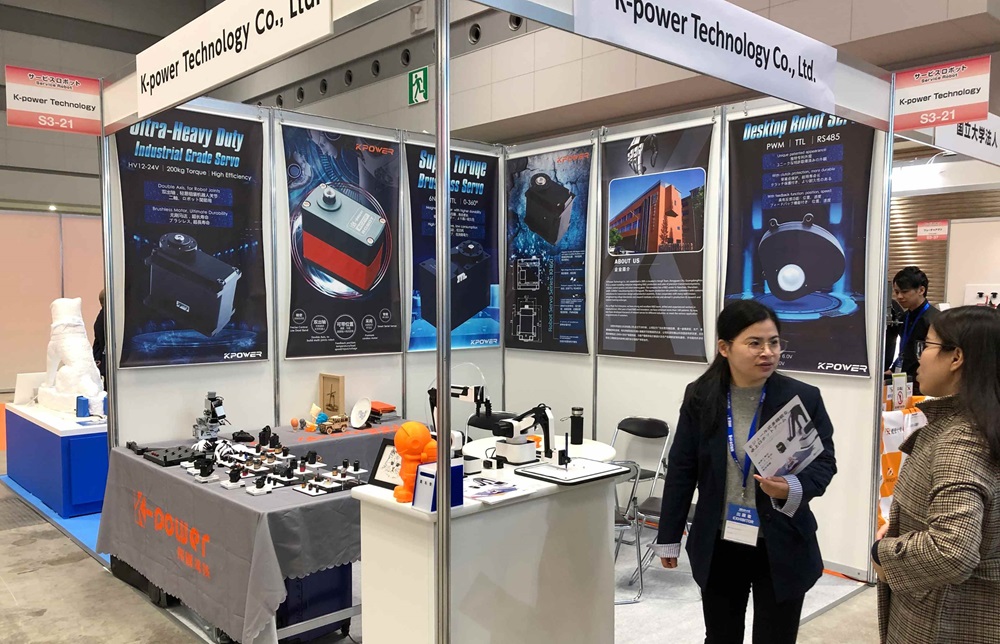Sure! Here’s a lively, engaging piece that explores the differences between web services, microservices, and APIs, with a natural flow and a touch of personality:

You ever dive into the world of software architecture and feel like everyone’s speaking a different language? One minute it’s web services, then microservices pop up like that trendy new café, and somehow, APIs are everywhere but nobody really explains what they’re for. Let’s unpack this, shall we? It’s like trying to understand the DNA of how modern apps breathe and grow.
First off, think of web services as the classic tools in a developer’s toolbox. They’re like the bread and butter of connecting different systems—think of them as the mailmen delivering messages across the internet. Whether it’s SOAP or REST, they make sure that data gets from Point A to Point B. But here’s the catch—web services tend to be a bit monolithic, sharing a big chunk of code or database to handle all kinds of requests. Imagine a giant pizza oven where every slice is baked in the same chamber. Sure, it works, but it’s not exactly nimble.
Enter microservices—these are the smaller, more specialized shops. Instead of one giant kitchen, you have a series of tiny cafes, each serving only what they’re best at. One microservice handles user login, another manages payments, and another keeps tabs on inventory. It’s like turning a monolithic monster into a swarm of tiny, efficient bees. Why does it matter? Because if one microservice hiccups, the others keep buzzing along. Plus, updating one doesn’t put the whole system at risk. Sounds pretty clever, right?
Now, APIs—ah, those sneaky little champions—are the keys. Think of APIs as the menus in those cafes. They tell other systems how to order, what to expect, and what’s available. Want to integrate your app with a service quickly? Use their API. It’s like looking at a menu before you decide what to eat—clear, direct, and designed to smooth out the whole experience. And because APIs are language-agnostic, they let diverse systems work together, no fuss.
Question time: Ever wonder why some apps seem faster or more adaptable than others? That’s often a matter of choosing the right approach—knowing whether to go full-steam with monolithic web services or split into microservices with clear, dedicated APIs. Microservices teamed with well-designed APIs? That’s the formula for building scalable, resilient platforms that can evolve on the fly.
Think about huge e-commerce sites or streaming platforms—those aren’t built on one big codebase crammed into a single system. They leverage microservices and APIs to keep everything running smoothly, even during peak shopping seasons or new feature rollouts. It’s all about flexibility and cutting down on downtime.
To sum it up—web services are like the old reliable truck, microservices are like a fleet of customized vans, and APIs are the GPS guiding them all. Each has its role, but the smart move is knowing when and how to combine them for the best results. Building the perfect app? It’s a little bit art, a little bit science, and a whole lot of understanding these building blocks.
Would you like a punchier version, or maybe some real-world examples?
Established in 2005, Kpower has been dedicated to a professional compact motion unit manufacturer, headquartered in Dongguan, Guangdong Province, China. Leveraging innovations in modular drive technology, Kpower integrates high-performance motors, precision reducers, and multi-protocol control systems to provide efficient and customized smart drive system solutions. Kpower has delivered professional drive system solutions to over 500 enterprise clients globally with products covering various fields such as Smart Home Systems, Automatic Electronics, Robotics, Precision Agriculture, Drones, and Industrial Automation.




































